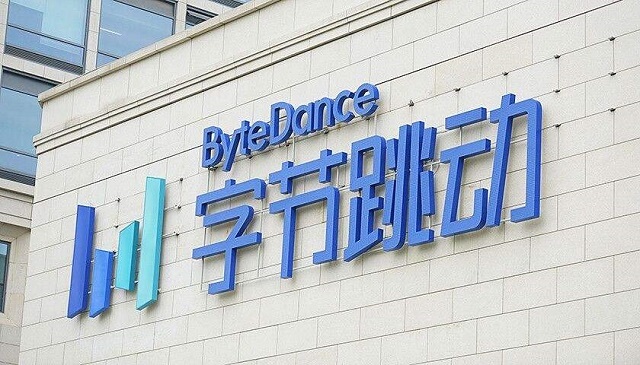
Many people keeping an eye on the Chinese digital market know Tik Tok, which is known as Douyin in China. Not many know the company behind Tik Tok, ByteDance and its founder Zhang Yiming. ByteDance has also created several other very popular mobile apps such as Toutiao and Xigua Video.
ByteDance’s products continue to grow in international markets with a world of creators and content. As of March 2018, ByteDance’s products are available in over 40 countries and markets including China, Japan, South Korea, North America, Europe, Latin America, Southeast Asia, and India.
ByteDance launched three brand new mobile apps in 2018.
Pipixia, a competitor of another popular mobile app Neihanduanzi (an entertainment app, which means implied jokes), went online three months after Neihanduanzi was removed permanently from the app stores for vulgar content in April. And then, it launched an e-commerce app Zhidian in August. In early October, Xincao, offering services similar to Xiaohongshu (social e-commerce app), is available for download. Furthermore, ByteDance launched an instant messenger chat app, seen as a challenger to WeChat in mid-January 2019.
ByteDance’s major product and revenue source is the news aggregation mobile app Toutiao before 2015.
The other mobile apps are Toutiao-affiliated apps. Toutiao rose abruptly from low-tier cities, growing stronger in a tight corner. Similarly, Tik Tok sprung up right at the moment Kuaishou (Kwai) had acquired 100 million daily active users and seemed to hold its leading position in short video market for a long time.
ByteDance has over 30,000 employees in total, 10,000 of them working for commercialization, the second biggest department after the 13,000-people editorial review department. The commercial department is in charge of generating an annual 50 billion yuan revenue from Toutiao advertising. They achieved 45 billion yuan in revenue in early December 2018.
The technology department is divided into groups based on different business lines. Algorithm team that offers basic recommendation engine technology, essential for every business line at ByteDance.
ByteDance’s organization structure is good for fast product iterations. In addition, a new product often functions in the form of a virtual program, pending evaluation of the performance review. The development of a new mobile app at ByteDance usually re-use the existing modules to reduce the development cost.
It’s rare at ByteDance one person is in a fixed position for a long time. Its resources follow product development.
Once the company decides a new program, the one in charge will pick team members from three departments. Commercialization comes at a later stage; and, new user acquisition plan would also be dependent on user retention performance.
Nowadays, it becomes easy for some technology companies including ByteDance to produce the visual design of mobile apps such as layout, graphics, etc. Providing products to meet users’ need is the key. The connection between users and information is not only about manual editing but also dependent on editors’ and algorithm recommendation. The latter is the how Toutiao-affiliated apps find their ways to gain popularity.
ByteDance’s product strategy is to develop multiple products following a determined strategy and direction, followed by evaluations to see which one works best for more resources. The cost of the trial-and-error procedure is reduced to the lowest considering its mass production capacity.
In the eyes of many well-funded internet startups in China, making a giant app that serves many functions is the best. Take Meituan Dianping for example, which offers great value and is strong in user stickiness, abundant in resources, and compatible with technologies.
Rising on the mass user base of Toutiao app, one feature spins off Toutiao and becomes a separate mobile app once mature. This is how ByteDance’s other mobile apps followed the success of Toutiao, such as Dongchedi, Xigua Video, and Wukongwenda (merged into Weitoutiao in 2018). All this relies on its efforts in continuous innovation.
This article is an excerpt of CIW eBook: Secrets of ByteDance